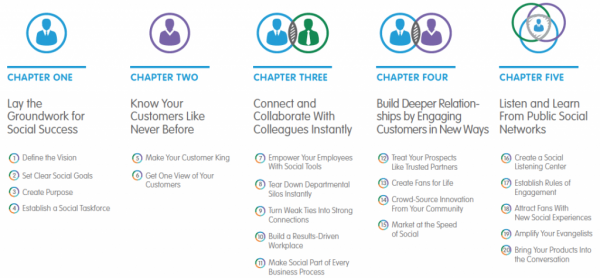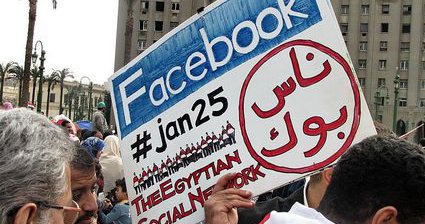The annual Esri Young Scholars Award is for local college students to research topics of their choice using a geographic information system (GIS). Both individual and group category champions this year are from the Department of Geography and Resource Management, Faculty of Social Sciences, Chinese University of Hong Kong (CUHK), while the University of Hong Kong (HKU) won seven awards, the most among all institutions. The research topics are quite varied with four excellent books on urban planning.
The group category champion composed of four CUHK students: Bao Wen Wei, Li Wen Yu, Luo Hao Wen, Zeng Bin Cheng Joyce worked on the project Redevelop Our Brownfield Sites: Evaluation of planning scenarios for development modern logististic industry on brownfield sites in the New Territories.
The logistics industry is one of Hong Kong’s four traditional pillars. It is scattered mainly in the New Territories, but the lack of land has limited its development. At the same time, the northern metropolitan area has been identified as the new development area. Students study how to make the most of space to promote and modernize the logistics industry. They assessed 11 existing and potential land use categories, such as cold chain storage, dangerous goods storage, etc., from seven angles such as economic value and environmental impact, and formulated recommendations based on land use and characteristics.
According to the students, GIS integrating artificial intelligence (AI) into the urban planning process can make informed decisions. Planners can not only adjust assessment variables such as geographic and socio-economic factors, but also specific weightings for each objective with reference to the needs of their plans. For example, the team identified the spatial characteristics of different types of logistics land use in their analysis: the cold chain for fresh produce and pharmaceuticals should be close to highways; dangerous goods must be kept away from residential areas; and port logistics must be closer to the coast and the ports. The model also benefits future brownfields and other land development. Not surprisingly, some judges praised the work “truly an excellent, innovative, topical, important and well-executed study with significant results that can guide the Northern Metro project.”
The other three excellent works on land use are all from the Planning and Design Department of HKU. They are:
• Smart Redevelopment: Adequacy of Public Amenity Supply for Private Redevelopment Projects, 1st Runner Up in Individual Category by Chu Chit Hei, Sebastian. He suggests that the government recognize and promote the importance of private development in providing planning gains, in addition to increasing the supply of housing and improving the living environment.
• Mong Kok Urban Renewal: Based on the analysis of urban dynamics, the 1st runner-up in the group category by a team of six HKU students: Cai Zhongyu, Chen Boran, Hui Chun Yin, Lu Zhi Mao, Ng Chun Hin and Peng Jingyi. Referring to examples from other cities as well as an analysis of spatial characteristics, the group proposes a citizen and public participatory approach to perfect the Urban Renewal Authority’s redevelopment proposal.
• The development of Smart Environment in Hong Kong by Chan Yi Man in the individual category won the Best StoryMap Design award. The project explores solutions to improve green buildings.
The subjects of three other award-winning works are:
• Analysis of the relationship between MTR travel record and COVID disease by Huang Hanting, Hsu Ya-cheng, Yan Junchen of HKU;
• How BIM and GIS technologies can be integrated and applied in construction facility management by Fok Chun Fung of the Department of Construction and Surveying, Faculty of Construction and Engineering, Vocational Education Council;
• Coastal Defense and Taxation: Military Qing and Hong Kong Checkpoint in the 19th Century by Chan Hoi Yuet, Chiu Sin Him, Fung Kai Leung, Ngai Ching Yy and Sze Kuen Yung from the History Department of the Faculty of Social Sciences of Hong Kong Baptist University. This subject is quite unique, the book presents several maps of Hong Kong 200 to 300 years ago, it is very interesting.
Finally, I would like to warmly thank the judges for their hard work. The 17 members include 11 professors from seven universities and colleges, directors of three professional bodies and three public organisations. The strong team of judges makes the results more representative.
— Contact us at [email protected]










